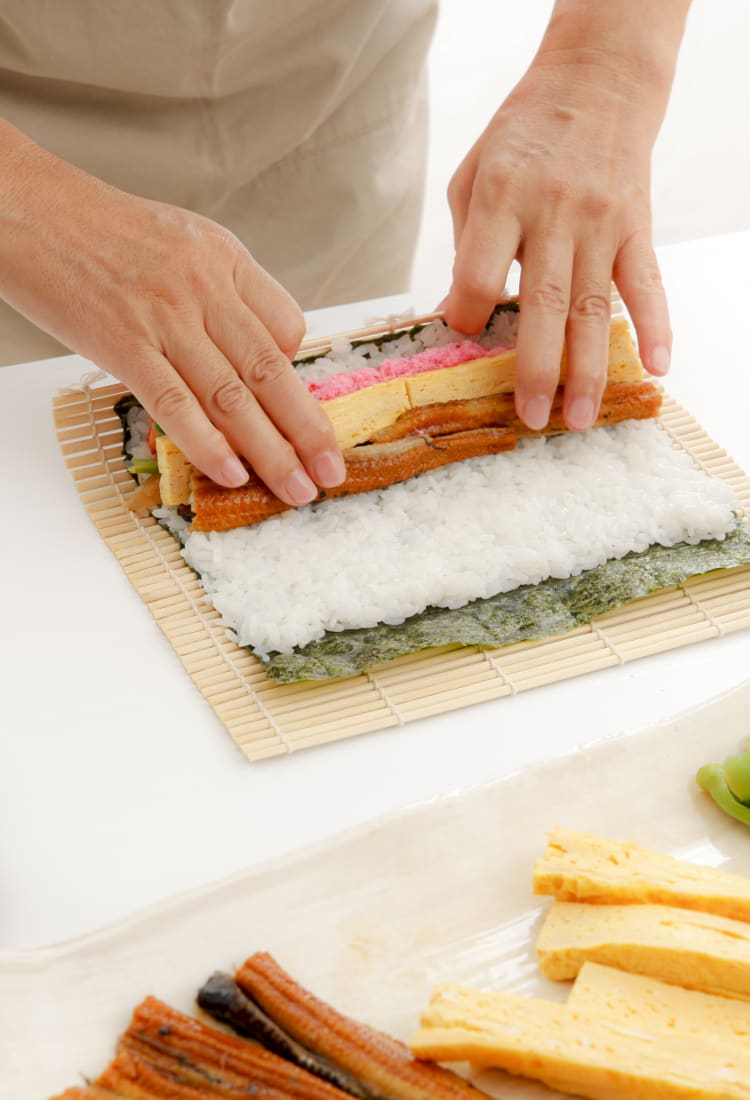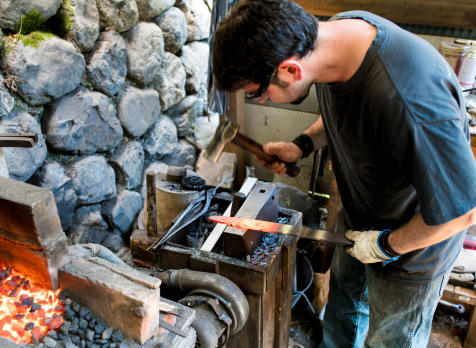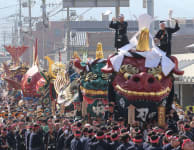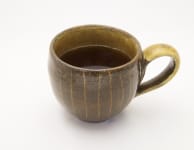Japan has a rich cultural heritage and you can discover more about it through a range of cultural experiences
Much of traditional Japanese culture is accessible to all visitors, even those with little to no knowledge of Japanese. Traditional Japanese flower arranging, trying on kimono and taking part in ancient ceremonies are all great ways of learning more about Japan's diverse culture and picking up new skills.


Stay the Japanese way in a traditional ryokan
Traditional stays
Ryokan are Japanese inns and are found across the country. These traditional-style hotels offer visitors a taste of world-renowned Japanese hospitality in an authentic setting. Futons are laid out in tatami rooms for you to sleep on, and you are likely to find public and private natural hot springs on the premises. Most ryokans provide Japanese meals for customers, and they are sometimes brought to you in your room. Prices can be expensive, but staying at a ryokan offers you deeper insight into Japanese culture and a more memorable stay.
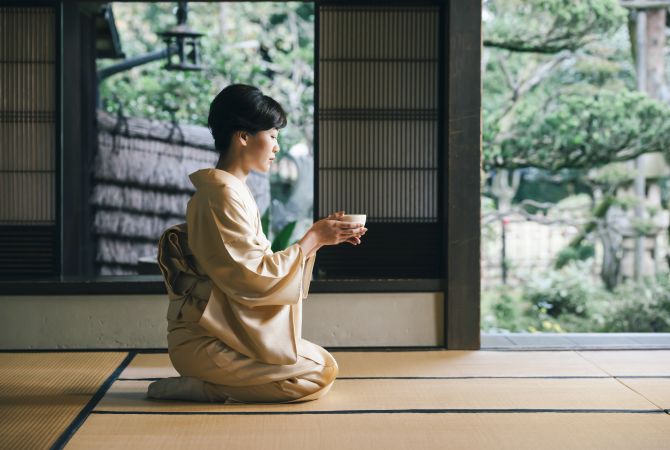

Learn the basics at a Japanese tea ceremony
Brew up a rich history
The Japanese tea ceremony is testament to the country's love of ritual and attention to detail. This ancient tradition has existed for as long as matcha has been present across the archipelago. Buddhism profoundly influenced it, and you can recognize its religious connections in the elaborate ritual that's so involved it takes practitioners years to hone their skills. There are entry-level classes in all of Japan's major cities.


Live like a monk with a shukubo temple experience
Live a monastic life
Discover more about Buddhism through immersion. Shukubo are Japanese temple stays, allowing you to spend a night or more among Buddhist monks, taking part in the same daily activities and eating the same food they do. One famous spot in Japan to do this is Koyasan in Wakayama Prefecture. Many temples in the area offer visitors shukubo, and the experience can be found in other parts of the country too. Its popularity with international tourists means many temples offer English information online.
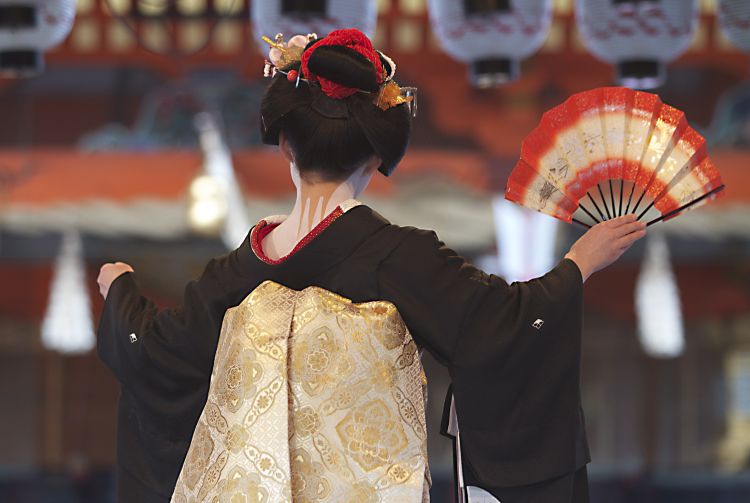
Geisha are a strong representation of Japanese cultural heritage
Performances from the past
Few sights inspire images of traditional Japan like that of geisha. The white makeup and kimono of these entertainers have been a staple of Japanese life from the 18th century. Today, as a means to preserve tradition, geisha can still be found in select parts of the country. Many geisha live and train in geisha houses in Kyoto, and you can sometimes spot geisha in the street. Alternatively, you can arrange to meet them via various agencies.

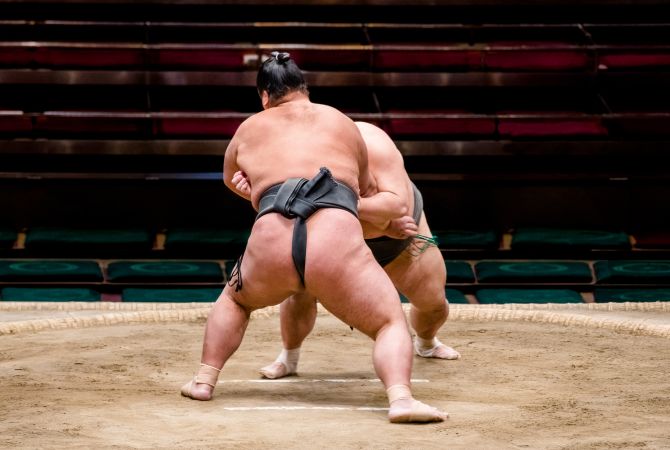
Big bodies collide in an ancient sport
Japan's national sport
Sumo dates back more than 1,500 years and remains a very popular sport in Japan. What started as a Shinto ritual gradually became a competitive sport, with sumo wrestlers attempting to push each other out of a ring, known as a dohyo. Six major tournaments are held annually in various cities across Japan to determine the top competitors in the field. Regional tours are made across the country.

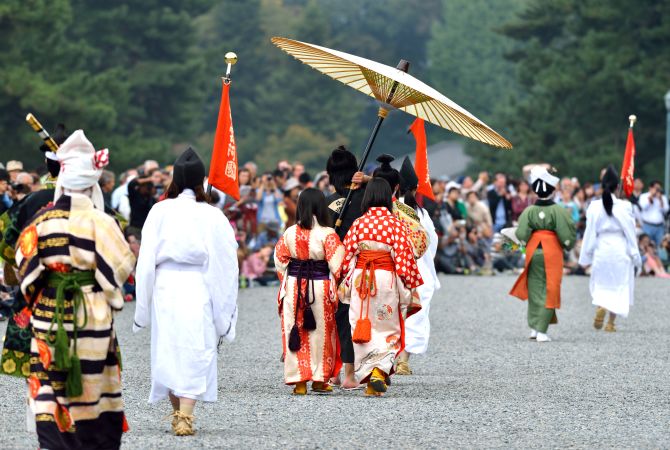
Get involved in one of the many matsuri—Japanese festivals
Local festivals
Matsuri is the Japanese word for a festival, and there are plenty to take part in. Each one is different, but you are sure to find many food stalls, people sporting traditional dress, dances, and marches through the streets. Some of the highlights in the matsuri calendar include summer matsuri with fireworks, the massive Gion Matsuri in Kyoto in July, and the Snow Festival in Sapporo every February, featuring large snow sculptures.
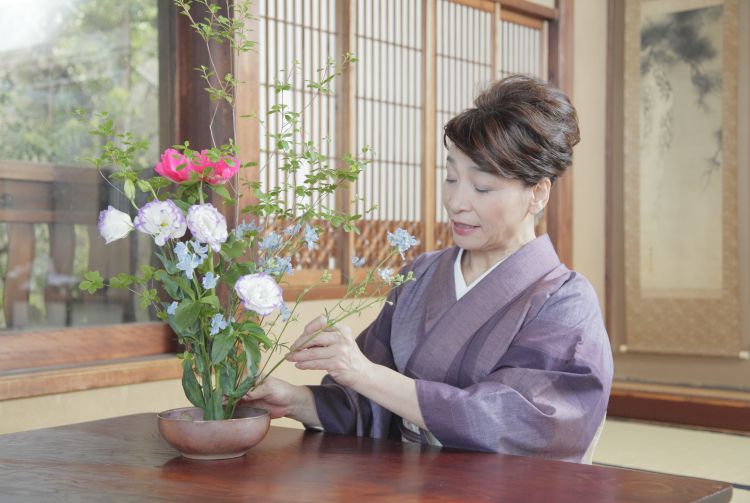
Arrange flowers the ikebana way
Flower arrangement
Ikebana is the art of Japanese flower arranging. It originated thousands of years ago and was initially tied to Shintoism. Ikebana is distinct from other flower arranging styles, favoring simplicity and minimalism. It takes a long time to understand what every flower means within ikebana, but even those visiting the country can get a basic understanding by attending a beginner's class, which you can find in most major cities.
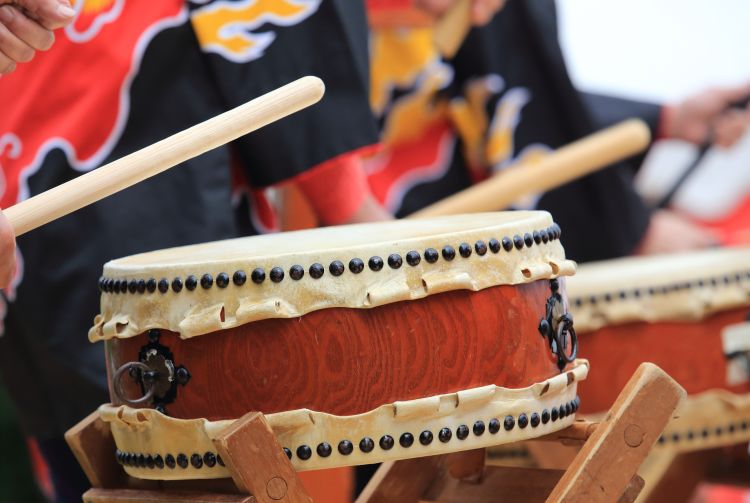
The beat of the taiko drum has resounded through Japanese history
The big beat
Taiko is a type of Japanese drum that has been used for centuries. Historically it's associated with private court shows and warfare, but nowadays it's played in musical performances and during festivals. Taiko can also refer to a performance centered around the instrument. Groups of people get together and beat rhythmically on taiko drums. You can watch these performances at matsuri across the country but, to understand taiko drums more, take a beginner's class.

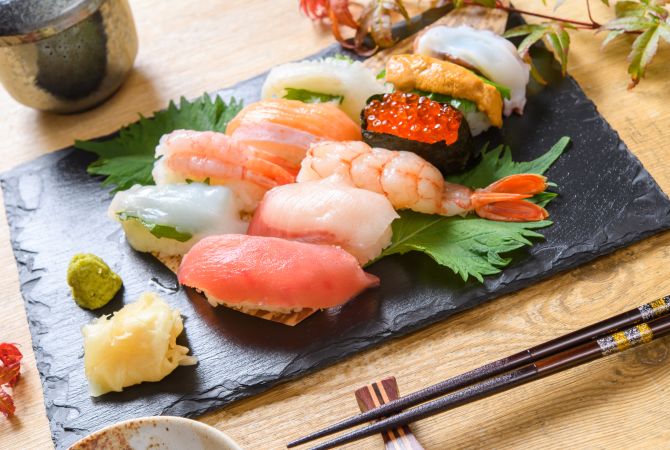
A slice of Japanese cuisine
Discover Japanese cuisine
Sushi is Japanese cuisine that is celebrated internationally. It evolved from humble street food in the 1800s and can now be found everywhere from convenience stores to the most prestigious restaurants. Sushi-making classes are easy to find, particularly near fish markets. These classes offer great insight into Japanese culture and add a new skill to your cooking repertoire.

The elegant Japanese kimono
A tradition you can wear
Kimono used to be the everyday dress for women across the country, but today it's often only worn for special occasions, like weddings or funerals. Yukata are slightly lighter, and both men and women wear them. You'll see them worn during summer festivals as casual wear. Kimono and yukata are both possible to rent. Wear one around the town or city for a few hours and get a sense for Japan's traditional sartorial style.
The latest information may differ, so please check the official website.
* The information on this page may be subject to change due to COVID-19.




























































